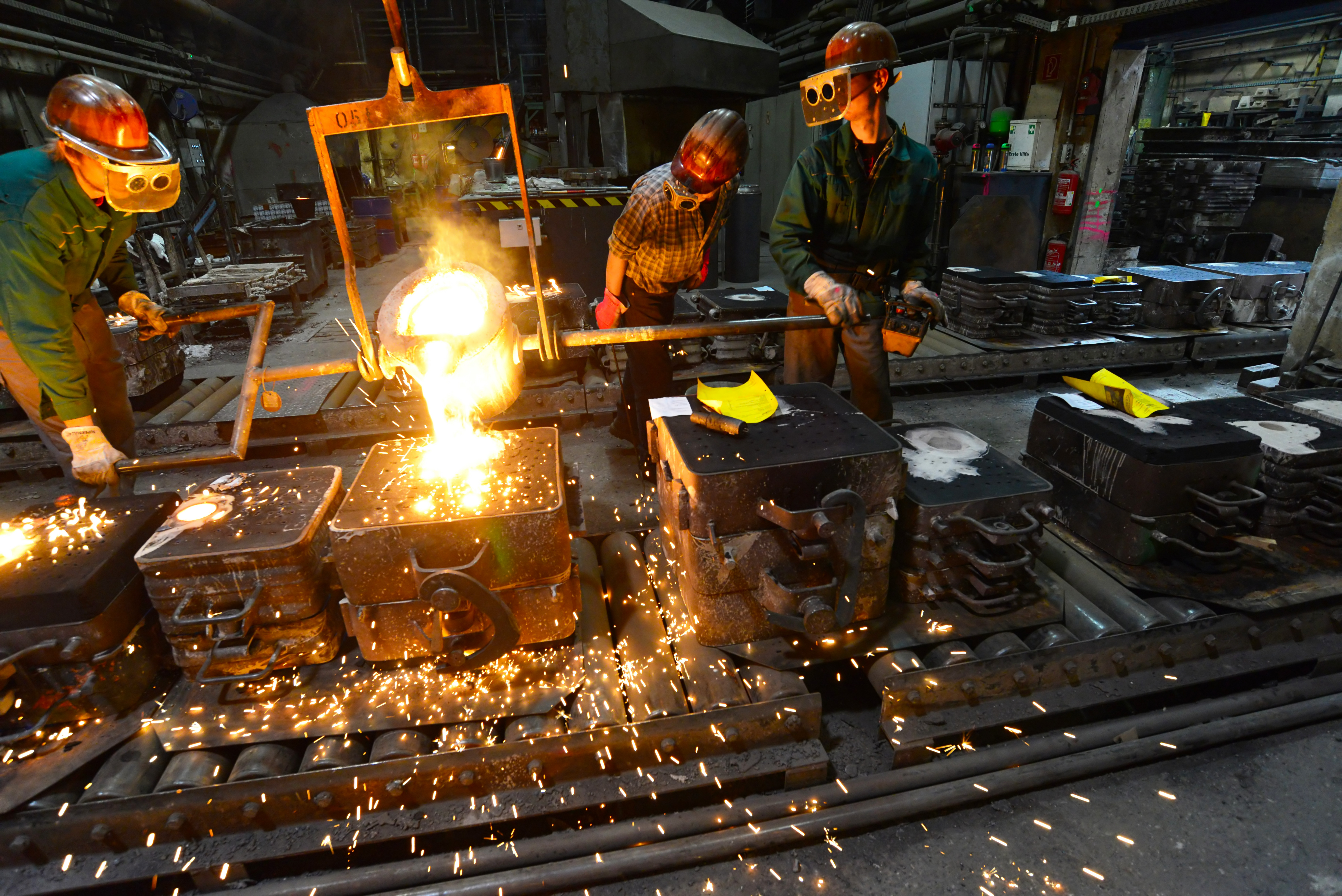According to the International Labour Organization “there are around 340 million occupational accidents” each year, all of which entail a significant human, social and economic cost. In that sense, and since most workplace injuries are preventable by monitoring worker status and the environment that surrounds them, we should strive to find a method that ensures all workplaces are safe.
Such a method is found when using Internet of Things (IoT) technology, and specifically wearable devices with embedded sensors, which allows workers to be connected and more aware than ever about their surroundings, while also enabling their managers to carry out predictive and proactive safety.
“A worker who is more aware of, and sensed by, their environment is inherently safer.”
How it works
IoT devices help address large numbers of preventable work-related threats. By gathering, integrating and analyzing sensor data, IoT-enabled wearable devices convey workers and their supervisors the critical information they need in real-time to make safe decisions, foresee injury risks and prevent incidents on site.
Sensors can, for example, gather real-time data about each worker’s:
- Geofencing and location on site.
- Proximity and exposure to hazardous situations or equipment.
- Interaction with their environment.
- Movement patterns.
- And physiological conditions.
Furthermore, solutions based on wearable safety devices can be configured to send alerts, messages and actionable recommendations when specific unsafe circumstances present themselves. For example, a combination of signs —like high core temperature, heart rate variability and compromised movement— that on their own would not be alerting but together could mean a person is suffering heat stress.
“Injuries can be prevented if you have the right data.”
Heat stress: a preventable threat to focus on
One key and shared factor across several industries is the demanding physical activity and extreme environmental conditions that workers are exposed to, which explains why overexertion and heat stress are in the top three of the most prevalent causes of work-related injury and illness.
In various industries, heat stress is usual because of overexertion in hot and humid conditions. Nonetheless, heat stress —and its life-threatening form, heat stroke— is an often-disregarded threat due to the hard-to-identify or easy-to-misinterpret early signs (e.g., sweating, fatigue, dizziness and nausea).
Still, the functionality of a worker depends on thermal homoeostasis and the ability to maintain balance between internal metabolic heat production and heat exchange with the environment. Said balance is challenged, for example, when workers are physically active, wear protective clothing and are exposed to added industrial heat.
Workers at risk of heat stress and heat strike include both outdoor and indoor workers, and workers in hot environments. It is most frequent in heavy industries like:
- Steel.
- Mining.
- Oil and gas.
- Roofing.
- Construction.
Furthermore, even when heat stress is a severe problem on its own, in its softer forms it can still increase the risk of injuries to workers as it may result in sweaty palms, fogged-up safety glasses, dizziness, short-cuts in procedures, unsafe behavior and impaired cognitive performance. In that sense, focusing on measuring it through wearable devices is key in achieving the goal of workplace safety.
“Every year, dozens of workers die and thousands more suffer severe reactions to overworking and working in extreme temperatures.”
EVALAN’s solution
EVALAN believes that every manager should be able to identify heat-related stress and illness and take steps to protect their employees from a preventable tragedy. In that sense our wearable solution BACE Go detects even the first slight signs of overheating during heavy physical exertion, and thus can be used to protect workers from heat injuries. In addition to heart rate and core temperature, BACE Go can measure other parameters such as respiratory rate, blood oxygen level, location, activity, orientation, dysfunction in posture and falls.
BACE Go is a battery-powered wearable that provides real-time insight into workers’ conditions. The device sends the data securely to a cloud application through the cellular network, stores it and makes it available for visualization via a secure API (Application Programming Interface) to the worker’s and manager’s dashboard or application. The system can also be configured to send alerts to both workers and supervisors when temperatures approach unsafe levels for immediate intervention.
For More Information:
- Send us an email to info@evalan.com.
- Or book a meeting with one of our sales managers here.

